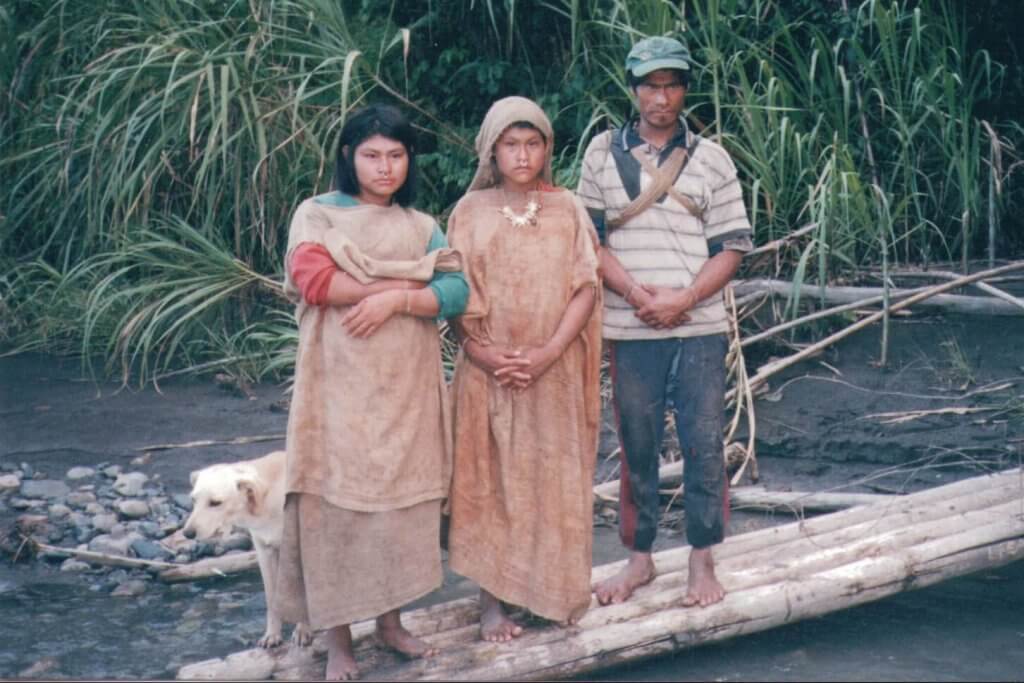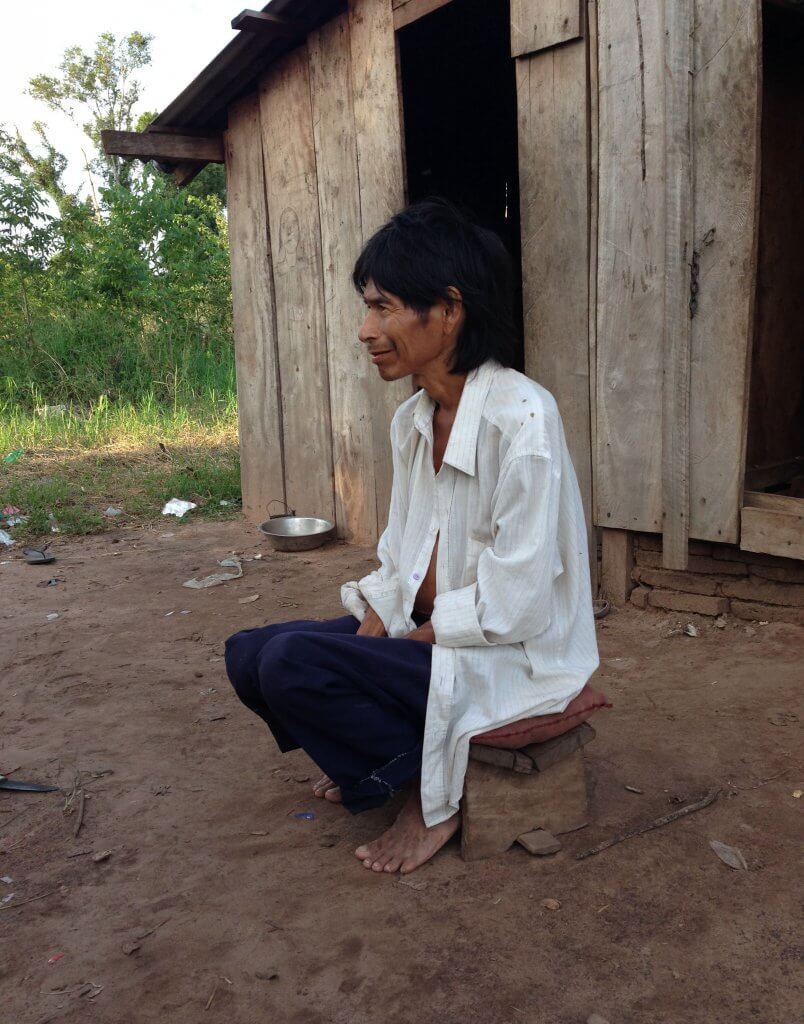The Need for Social Safeguards in Investment Projects
Social safeguards add protection layers that can prevent adverse impacts on the lives of dozens, hundreds or even thousands of families
Social safeguards refer to the policies, procedures and measures intended to prevent, reduce, mitigate and/or compensate for the unintended negative impacts of development projects. They also help prevent social exclusion.
The role of social safeguards has evolved beyond the “do no harm” approach. Nowadays, they are also expected to proactively identify opportunities to improve the lives of the population in the area of influence of a project.
Social safeguards provide a buffer between the adverse effects of investment projects and the people affected by them, helping organizations manage the social risks associated with a project throughout its life cycle.
The extent and intensity of social impacts can be difficult to imagine by those who do not suffer the consequences, particularly if the ones making the decisions never get a chance to visit project sites, talk to the affected population, and learn about the hardships a project may impose upon them.
Many international financial institutions operate with established safeguards in place, since they can help reduce the unintended consequences of the projects they sponsor.

The type and scope of social safeguards adopted depend on the activities of every institution and their operational procedures. Multilateral financial institutions like the World Bank and the Inter-American Development Bank have formally adopted social safeguard policies in areas such as involuntary resettlement, indigenous peoples, consultation and stakeholder engagement processes, among others.
Safeguard policies that address social aspects are found either as stand-alone documents or as directives within other policies, like in the case of consultation or consent procedures, physical cultural heritage, gender-based violence, and the vulnerability of local communities to climate change. They can also be used with external standards in a complementary way, such as the case of the equator principles when funding private-sector operations.
Integrated safeguards systems are another way to organize social safeguards. This is the approach adopted by institutions like the International Finance Corporation, the Millennium Challenge Corporation, the Asian Development Bank, the African Development Bank, the European Investment Bank, and the new environmental and social framework of the World Bank. These frameworks also add topics like community health and safety, and labor and working conditions as specific areas of concern.

Social safeguard measures are also present in international treaties and agreements. They may include the existence of a grievance redress mechanisms; consideration and usage of local knowledge; participation in all stages of the project cycle; application of free, prior and informed consent; inclusion of marginalized stakeholders, such as indigenous peoples, women and youth; equitable sharing of project benefits; and the use of traditional methods of decision-making (Garduño 2012). Community participation, customary tenure, development benefits, and compliance mechanisms have also been highlighted as key social safeguard issues (Kelly 2010; 64).
The way of organizing and implementing social safeguards can vary significantly according to the needs and characteristics of each organization, which are constantly evolving. Accordingly, they should be periodically adjusted based on the feedback provided by their practical implementation and the results they produced. Developing appropriate measures to assess and manage the negative impacts and risks of investment projects must be established as a requirement of every project.
The most vulnerable populations should not be the ones who bear the negative effects of development projects without appropriate measures to mitigate them. When properly implemented, social safeguards can not only reduce adverse impacts but also enhance the development potential of projects, contributing to the social sustainability and overall viability of investment projects.
These topics are explained in greater detail in the book “Social Safeguards: Avoiding the Unintended Impacts of Development.”
References
Garduño, Philippe. 2012. Social Safeguards for REDD+ in Mexico’s Watershed Management Program: Testing Chiapas on its Readiness to Implement REDD+ and Respect the Rights of Minorities. Master’s Thesis, Uppsala University.
Kelly, David. 2010. The Case for Social Safeguards in a Post-2012 Agreement On REDD. Law, Environment and Development Journal 6 (1). Pp. 61-81.


